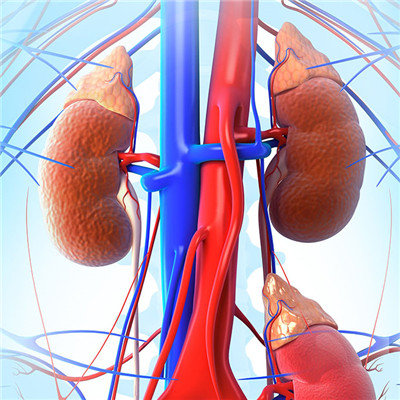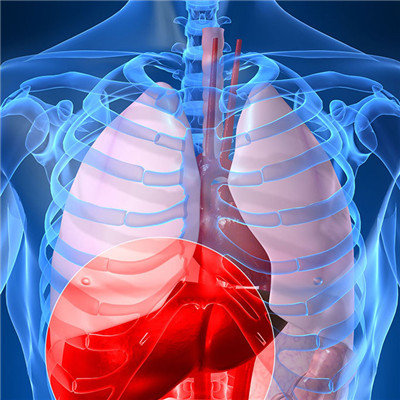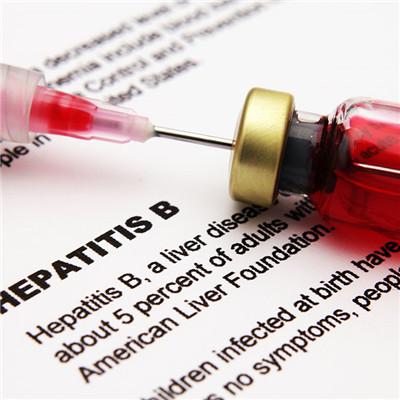Symptoms of pulmonary tuberculosis
summary
Tuberculosis is a chronic infectious disease, but also a systemic disease, all organs of the human body can suffer from tuberculosis. But in the human body suffering from tuberculosis more organs are lung, kidney, liver, stomach, brain, intestine, bladder, skin, testis, bone and so on, the most common is tuberculosis. So what are the symptoms of tuberculosis? Let me share my experience with you, so that you can prevent it in advance.
Symptoms of pulmonary tuberculosis
1. Fever. Fever is one of the common symptoms of many diseases. Tuberculosis is no exception. But the fever of pulmonary tuberculosis has its own characteristics: 1) long term low fever, which usually appears in the afternoon and evening. The so-called low fever, that is, below 38 ℃, can return to normal temperature in the morning, and many patients can not know that they are having a fever at all, and some patients can show boredom and discomfort; 2) the temperature can be unstable, and they can consciously have fever and fatigue at work, with slight discomfort Take a rest, the body temperature can not return to normal; 3) when the disease worsens and progresses, fever is obvious, especially in the case of other bacterial infection in the lung, high fever can occur, sometimes at 39 ℃ ~ 40 ℃, when the body resistance is extremely low, tuberculosis may spread throughout the body, at this time, there will be continuous shivering and high fever; 4) female comrades can have fever through blood flow before and after menstruation, and the body temperature will increase When suffering from tuberculosis, fever does not return to normal immediately after menstruation.
2. Night sweats. The so-called night sweats, that is, when the patient falls asleep or wakes up, sweating all over the body, generally occurs in children with weak constitution (sometimes normal children may also have this phenomenon). Patients with more severe lung lesions have more night sweats. In severe cases, clothes and quilts can be soaked, and the patients are tired and weak. Above we are talking about systemic symptoms, that is, the so-called systemic poisoning symptoms after tuberculosis infection. Next, let's talk about the local symptoms of tuberculosis. 1. Cough. It is the most common local symptom of tuberculosis. Early cough can be very light, often a single cough, that is, we say half a cough, no phlegm dry cough, the degree of impact on work and life is not obvious. When the disease progresses, cough can be aggravated; when accompanied with endobronchial tuberculosis, cough can be aggravated, sometimes choking cough can occur. For patients with chronic disease, if bronchial displacement occurs, the trachea is pulled due to adhesion of lesions, or the bronchi are deformed due to compression of surrounding lymph nodes, irritating cough can occur due to poor ventilation, which is like eating choking food Choking and even dyspnea. 2. Expectoration. In the early stage of onset, expectoration is not obvious, or there is a small amount of white mucus sputum, but the amount of sputum will increase when the lesion expands or even when there is cavity in the lung. When there are other pathogenic bacteria infection, the amount of sputum will also increase, and yellow purulent sputum can appear, but also accompanied by systemic symptoms such as fever and chills.
3. Chest pain. Chest pain is also the main local symptom of pulmonary tuberculosis, but generally the lesion must affect the pleura, especially the parietal pleura, when chest pain can occur. The parietal pleura is the tuberculosis of the anterior chest and lung. The parietal pleura is shown in figures 2 and 3. Sometimes there is a dull pain in the indefinite part, which is caused by the nerve reflex and is not affected by the pulmonary respiratory movement. If there is stabbing pain in the fixed part and it increases with breathing and coughing, it indicates that inflammation stimulates the pleura. Some patients often feel pain in the shoulder or upper abdomen, which may be caused by inflammation stimulating the diaphragm through nerve reflex.
matters needing attention
When you understand what tuberculosis is all about and what symptoms tuberculosis has, if you have the above symptoms and suspect that you are suffering from tuberculosis, especially when you cough and expectorate with blood in the sputum for more than two weeks, you should immediately go to your local tuberculosis prevention and treatment institution for treatment, early diagnosis, regular treatment and early recovery. In addition, close contacts of TB patients should also be examined in time.













